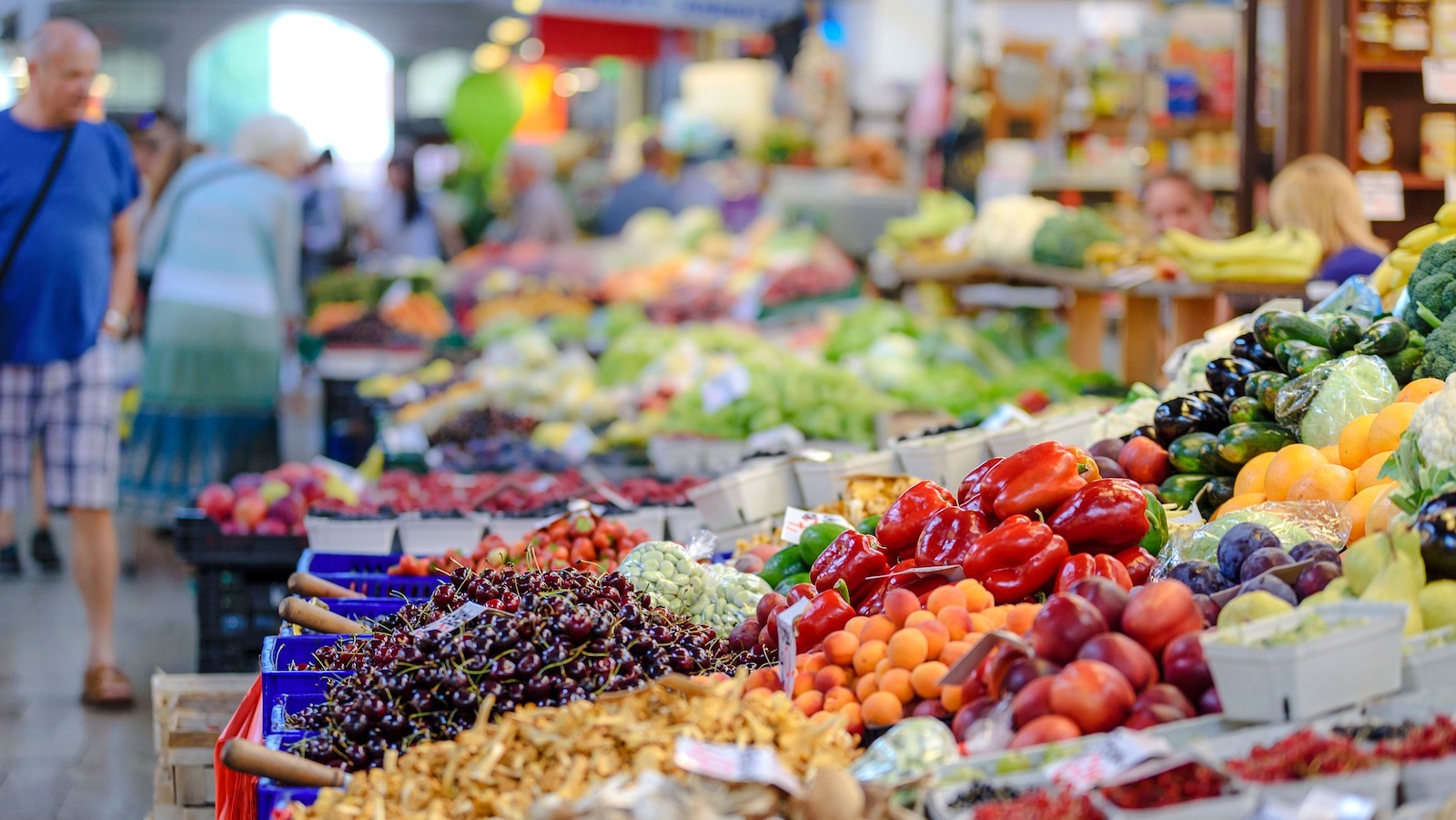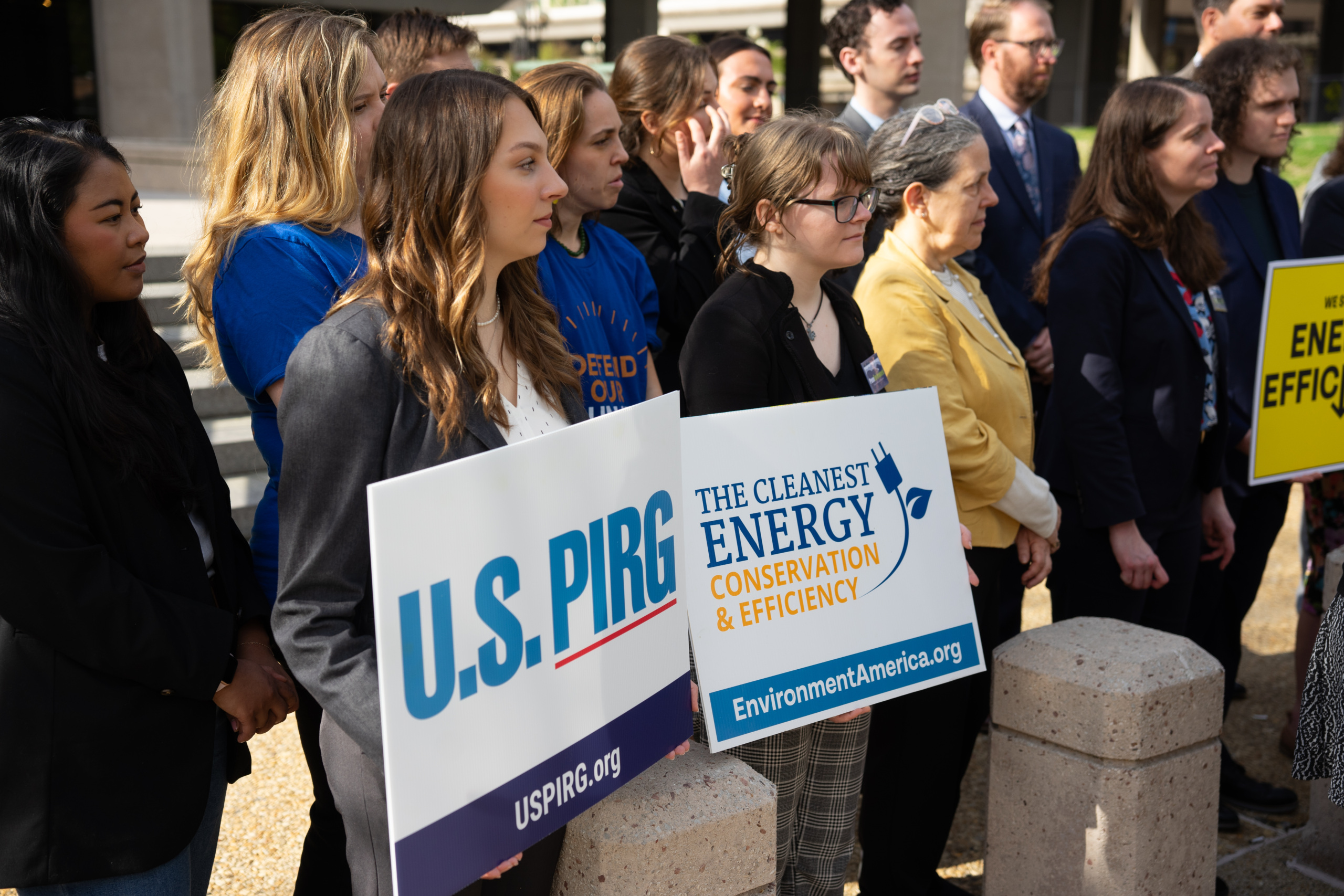
Food waste and climate emissions highlight of new EPA reports
The reports provide support for action on food waste as well as broad conclusions about where decision makers and industry leaders should focus efforts

The Environmental Protection Agency (EPA) released two landmark reports on the impact of food waste on the environment and opportunities to reduce that impact on October 19th. The reports, “Quantifying Methane Emissions from Landfilled Food Waste” and “From Field to Bin,” record annual methane emission trends from wasted food that ends up in landfills and update recommendations on how to manage wasted food, respectively. The former is the first of its kind produced by the EPA.
Wasted food produces more methane emissions than other landfilled materials
Nearly 40% of the U.S. food supply goes to waste each year. When food goes to waste, so too do the many resources that went into producing the food. And when food breaks down in landfills, it produces methane, a potent greenhouse gas that warms the climate faster than carbon dioxide. Prior to publishing “Quantifying Methane Emissions from Landfilled Food Waste,” the EPA had not explored the exact dynamics driving these methane emissions.
This report explains a number of variables that influence methane emissions including the material composition of a landfill, the weather and soil conditions where it is located, and the specifications of gas collection systems in landfills, among other factors.
Wasted food is the single largest category of landfilled material, representing 24% of all landfilled waste. Meanwhile, this report finds that it contributes 58% of landfill methane emissions. “It can be reasonably stated that food waste has an outsized impact on landfill methane emissions,” the report concludes.
Why understanding wasted food’s methane emissions matters
If food waste is contributing so much more to the climate emissions coming from landfills than are other landfilled materials, that also means that reducing food waste presents the greatest opportunity to reduce landfills’ climate impact. These report findings reinforce recommendations that the Intergovernmental Panel on Climate Change released in March, which included reducing food waste and methane emissions as key solutions to climate change.
Learn about one of our priority solutions to food waste: tackling confusing date labels.
A new model for managing food waste
This report updates a previous model qualifying the relative impacts of different strategies for reducing the impact of wasted food. The new model, dubbed “The Wasted Food Scale,” visualizes eleven pathways for reducing the prevalence and impact of wasted food, in order from most to least preferred. The most preferred pathways, such as rescuing food to feed people who would otherwise go without, yield the greatest value from the food. As food progresses along the scale to the less preferred pathways, the value extracted from the food diminishes and/or the net value relative to the resources required to yield that value decreases.

The model enforces that the best way to reduce the impact of food waste is to not produce the waste in the first place. It advises everyone – from producers and manufacturers, to restaurants, retailers and consumers – to produce, buy, and serve only as much food as is needed. The model notably updates the pathways that are not advised for wasted food to include not just landfilling and incineration, but also putting food down the drain. This method of disposal has been shown to produce more methane emissions than the pathways that precede it, even after accounting for energy recovery at wastewater treatment plants.
Why the updated food waste management model matters
The EPA has set a goal of reducing food waste nationally by 50% by 2030 relative to 2016 levels. Decision makers and industry leaders could achieve that goal solely through lower impact pathways such as anaerobic digestion. However, to have the greatest positive impact for the climate, the environment, and everyday Americans, decision makers and industry leaders need to be able to differentiate between pathways and choose the highest impact options they can. This updated model will improve their ability to prioritize high impact methods of wasting less food.
Takeaways from the reports
These reports strengthen our ability to make informed decisions about reducing and handling wasted food to shrink the climate impact of the food system. Decision makers at all levels, from parent-teacher associations, to corporate boards, and all the way to the White House, should use these reports to make more strategic plans to eliminate wasted food.

See the Campaign
Reduce, Reuse, Recycle
Topics
Updates

How bad is air pollution in Colorado?

Over 90 organizations to Best Buy: Do more to educate your customers about the health risks of gas stoves

Energy Conservation & Efficiency
Groups urge Biden to ‘Finish the job’ on appliance efficiency

Energy Conservation & Efficiency
Transformer efficiency rule leaves energy savings on the table


